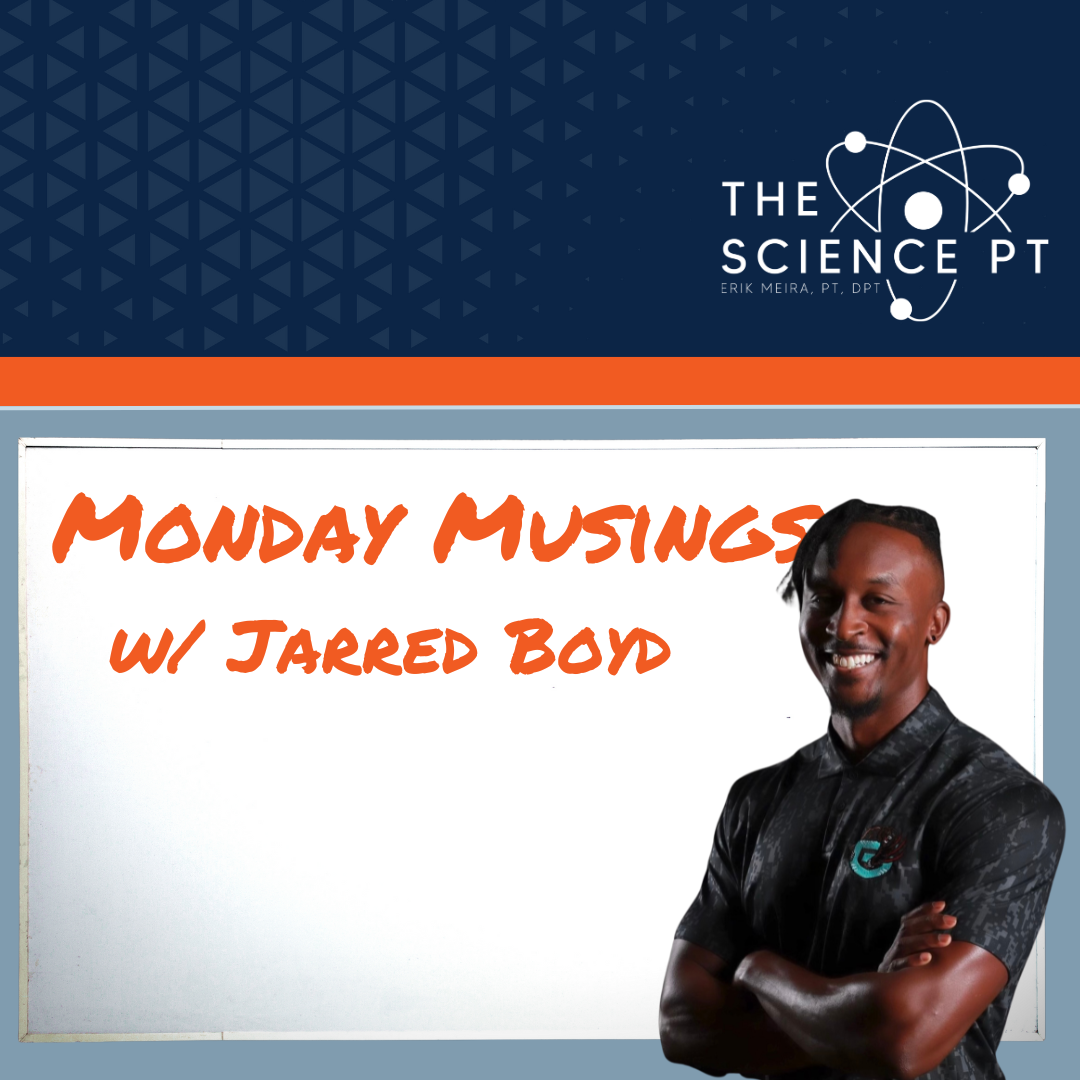The Recipe for Resilience

The Recipe for Resilience
When injury strikes, our movement landscape shrinks.
The once-fluid options we had—the ways we cut, land, decelerate, or change direction—narrow into cautious, limited paths.
That’s where constraints come in.
Think of a chef crafting a dish. They don’t throw everything into a pot and hope it works. They refine ingredients one by one—salt, acidity, fat, texture—tuning each component so that, when combined, the dish hits.
In rehab and reconditioning, constrained exercises serve a similar purpose.
We strip things down to rebuild. Load this tendon. Isolate that joint angle.
We’re not just chasing strength or tissue specific adaptations we’re managing the system’s tendency toward compensation, the byproduct of what’s known as motor abundance: the blissful ability of our neuromuscular system to find multiple ways to achieve the same movement goal.
This degeneracy—where structurally different components perform the same function—has both a downside and an upside. It gives us adaptability, flexibility, resilience. But when internal capacities are compromised, that variability can become a liability.
The system will still solve the task—just not always in a way that’s sustainable.
Constraints are how we guide the system back.
We rebuild tissue structure (i.e morphology, architecture). Restore the underpinning determinants of force.
And when the ingredients are ready—we reintroduce dynamic integration.
We expand the affordance landscape: the world of possible actions the athlete can perceive and act upon.
The athlete perceives more movement opportunities within the environment – and has the means to exploit them. A richer menu of solutions, if you will.
Train the ingredient.
Rebuild the system.
Then let them cook.
-Jarred
